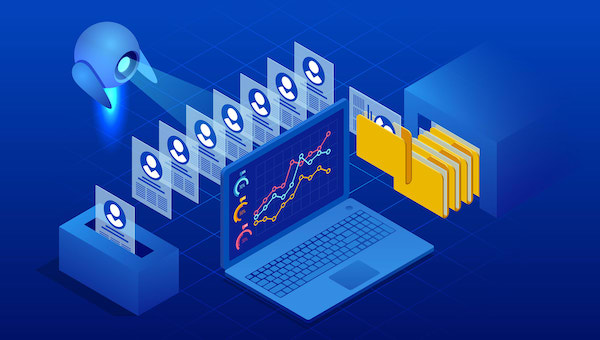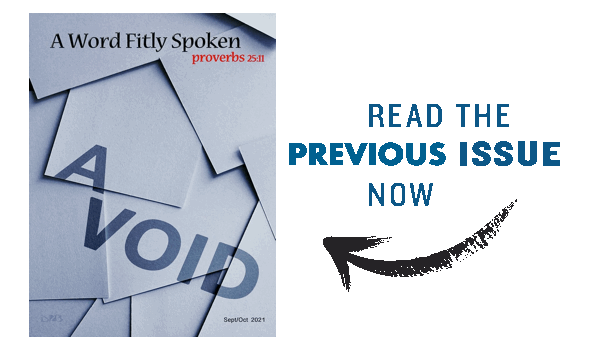 Getty Images
Getty Images
HIRING IS A PAIN - THESE 5 COMPANIES SAY A.I. CAN MAKE IT BETTER
BY: REBECCA DECZYNSKISITE: INC.
Amid the Great Resignation and resulting labor shortage, technology may be your best bet at finding qualified candidates who will actually stay--as long as you use it the right way.
It might be time to let the computers take over.
That is, let them take over the parts of the recruiting process that just aren't working. In a labor shortage, artificial intelligence may be a useful tool for businesses that need to fill open positions, fast, in part by opening the recruiting net wider. Admittedly, A.I. technology has known pitfalls. In 2018, for instance, Amazon made headlines when its A.I.-powered hiring algorithm was revealed to prioritize male candidates. But, as the technology has evolved, new companies have found ways that A.I. can actually improve diversity and inclusion in hiring, all the while getting candidates in the door faster than manual methods.
The key: A.I. is not meant to fully automate the hiring process , and most companies that use it stress the importance of pairing high tech with a more human interview process. When used strategically, A.I. recruiting tools have the potential to make hiring less of a pain point--and these companies may help you more quickly fill your open roles.
Eightfold AI
Best for: People actively searching for jobs
Most businesses that are currently unable to fill posts say their problem is that they can't find candidates who have the appropriate skills and experience. The skills mismatch is an issue that Mountain View, California-based A.I. company Eightfold AI aims to solve. "With our underlying global data set, we are able to determine who is capable of doing the job, not just who has already done the job," says president Kamal Ahluwalia.
Eightfold's A.I.-driven platform allows businesses--clients include LG and Capital One--to post jobs, which are then recommended to targeted job-seekers. Unlike technology that looks for specific keywords, the algorithm infers what skills a candidate has from their résumé and matches them with related jobs. There's no automatic filtering that disqualifies candidates for résumé gaps (a common criticism of algorithmic selection), and it can mask names, gender, and race to limit bias in the process.
Fetcher
Best for: Sourcing job candidates
Outbound recruiting, searching for and reaching out to potential candidates, is a traditional strategy for filling open roles--but it's time-consuming and doesn't guarantee that you'll end up with the right candidates. Enter Fetcher , a New York City-based A.I. recruitment platform that targets potential job candidates across the web for your open positions. The company developed its algorithm by working with actual recruiters: It sourced sample job candidates and the recruiters deemed whether these candidates were a fit. The A.I. then picked up on their responses, so it could source candidates without simply relying on keywords.
Because A.I. can easily--and quickly--source candidates for a job, that gives recruiters more bandwidth to have actual face time with applicants, and potentially even talk to more applicants than they would be able to otherwise. This is an important factor in reducing bias in the hiring process, explains CEO Andres Blank: "Résumés are still biased, and they're very black and white. But if I'm able to have 10 conversations with applicants instead of five, you can get a bigger picture of the applicant pool."
Paradox AI
Best for: Filling positions quickly
When you have a job that you needed to fill yesterday, getting candidates in and interviewed ASAP is a priority--which is a process that Scottsdale, Arizona-based Paradox AI aims to solve. The platform exists as a text message-based, conversational bot that walks potential employees through the screening process, so they can get scheduled for an interview in as little as a day. Companies that use the platform answer extensive questions about the job positions and requirements ahead of time so that the bot can answer candidate queries in an instant--reducing the person-to-person communication required ahead of an actual interview.
The platform is used for both high-skill professional roles and hourly roles (like those in the retail and restaurant industries). The simplicity of a text-based screening system greatly reduces applicant drop-off, says Josh Secrest, vice president of client advocacy, especially for hourly roles: "When you can capture an applicant and move them through the process quickly, you have greater retention, and they have a better experience."
Clovers
Best for: Streamlining the interview process
Nashville-based A.I. platform Clovers was made for the age of video interviews; the company launched in February 2021. By seamlessly integrating into video platforms like Zoom, Google Hangouts, and Webex, Clovers gives interviewers real-time feedback and, later, allows them to create a highlight reel of a candidate's high points and low points. In this way, the A.I. calls out potential bias as it arises (for example, it may alert an interviewer if they inappropriately ask a candidate if they have children). Job candidates must consent to having their video interviews recorded, but otherwise, their video interface looks like a normal video meeting.
Not only does the A.I. monitoring help recruiters become better interviewers, CEO Doug Leonard says the platform can also speed the process. When the platform creates highlight reels of interviews, the need for additional interviews can be reduced, especially with higher-level prospects, who may have a hard time scheduling them. "I can get the best of the interview, or I can get the worst of it," says Leonard. "And even if I don't make a decision off the highlight reel, I'm well prepared to contribute to a hiring decision having all those highlights at my disposal."
VMock
Best for: Upskilling existing employees
Palo Alto, California-based A.I. platform VMock operates in two ways: It's both a recruiting platform and an upskilling platform. Its recruiting system is mostly focused on college students and entry-level workers: Candidates upload résumés to the platform and receive, through A.I. analysis, feedback on their résumés and LinkedIn profiles, as well as targeted job recommendations. Its upskilling platform is used internally at companies to help train and potentially transfer existing employees. In the latter program, the process is similar: The A.I. platform analyzes résumés to get a better sense of the skills employees already have, and what areas they might be able to better develop.
CEO Salil Pande sees this as a crucial tool for employee retention, and notes that, especially during a labor shortage, upskilling can make your existing workforce more effective--and help retain newly hired talent by prioritizing their career growth . "Your internal workforce already knows your culture, your product, your business, and your customer. That is a huge competitive advantage," he says.


